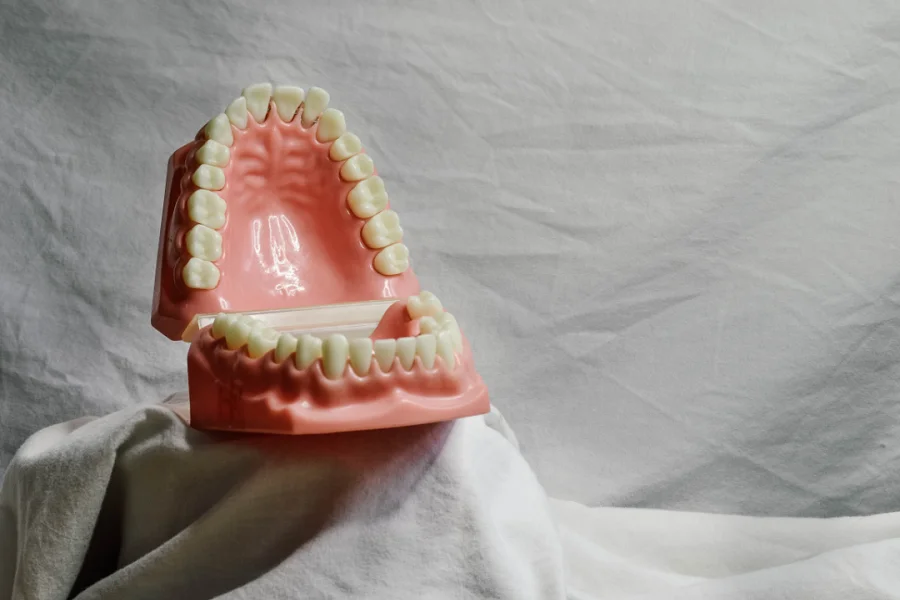Learn the benefits and process of root canal therapy
for maintaining oral health, preventing tooth loss, and
restoring a pain-free smile.

The root of your tooth is like its heart. It is what helps keep your teeth strong and holds them in place. When something goes awry with your root it is usually due to bacteria getting inside the pulp chamber connected to the root. The pulp is connected to blood vessels, tissue, and nerves which is why pain is felt when it becomes infected. Root canal treatment is often thought of as painful, but the pain is in fact coming from the infected root. A dental clinic in Calgary can eliminate this pain but there are other reasons you may need to get a root canal.
Three Key Root Canal Benefits
Root canals get rid of the infection and keep your tooth healthy.
- Keep Your Tooth – Do you want to avoid a gap between your teeth or a costly implant? A root canal is your knight in shining armour. Removing the infection before it gets worse can save your tooth.
- Appearance – A full set of healthy teeth looks beautiful. Avoid having to replace a rotted tooth with a bridge, implant, or having to deal with a gaping hole where the tooth was extracted. Getting a root canal when needed can prevent swelling caused by the abscess, making your mouth look and feel abnormal. Removing the source of infection will reinstate your confidence, adding back that skip in your step.
- Stay Healthy – Your oral health is directly related to your overall health. Avoid spreading infection to other parts of your body by getting the infected tooth treated with a root canal as soon as possible.
How to Know if You Need a Root Canal
Visiting your dentist for regular cleanings and check-ups are important to help you maintain a healthy mouth. Your dentist will be able to identify the warning signs that may require a root canal by examining X-rays of your oral cavity. How do you know if you might have a root canal before going to the dentist? Here are some of the symptoms you can watch for at home:
- Toothache – A persistent toothache could be a troublesome sign of a health problem so it should get checked out right away. When you have an irritated tooth, it affects the connected nerves, tissues, and blood vessels which causes you pain.
- Extended Sensitivity – Are your teeth feeling overly sensitive to heat and cold that is not going away? You may also be experiencing extreme sensations without eating or drinking. These reactions could mean you have an infection in the root of your tooth. The damage manifests itself by causing these sensations.
- Discoloured Tooth – Changes in your tooth colouring to brown or yellow might be a sign of infection requiring a dental clinic in Calgary. When a tooth is infected, there is a loss of blood flow which leads to the change.
- Chipped or Cracked Tooth – Maybe you damaged your tooth by chewing on an ice cube or falling during a sporting activity. You may notice a chip or crack and think nothing much of it, but this should be fixed right away. An injured tooth can end up inflamed and infected, causing damage to the nerves. This could require a root canal to avoid further complications.
- Bleeding Gums – When you notice blood coming out of your mouth as you brush and floss it could be a sign of infection. This is the body’s indication that it needs help.
- Painful Pressure – Experiencing a lot of pain when you slightly touch your tooth or eat is probably a sign of severe tooth decay. When bacteria enters the tooth’s pulp it can cause it to die, creating a bad taste in your mouth, swelling, and pain. This is known as pulp necrosis.
A root canal is a common treatment that helps eliminate pain and restore the functionality of your tooth. Your dentist will advise you if a root canal is recommended for your situation.

What Happens During a Root Canal?
- Step 1: You will be provided with a local anesthetic to make sure you have a pain-free procedure.
- Step 2: A small hole is drilled into the crown of your tooth to get to the infected pulp.
- Step 3: The infection is removed using precise dental instruments.
- Step 4: The canals of the root are shaped, cleaned, and disinfected.
- Step 5: Dental cement is used to fill the tooth before a crown or filling covers the tooth, preventing bacteria from re-entering.
Healthy and Happy
Root canals are a vital dental surgery to help keep your teeth healthy and in top condition. At Glenbrook Dental, we are more than happy to answer any of your questions about root canals. We are here to provide the procedure when necessary. Get back to living life with a healthy, pain-free smile after this treatment at our dental clinic in Calgary.
